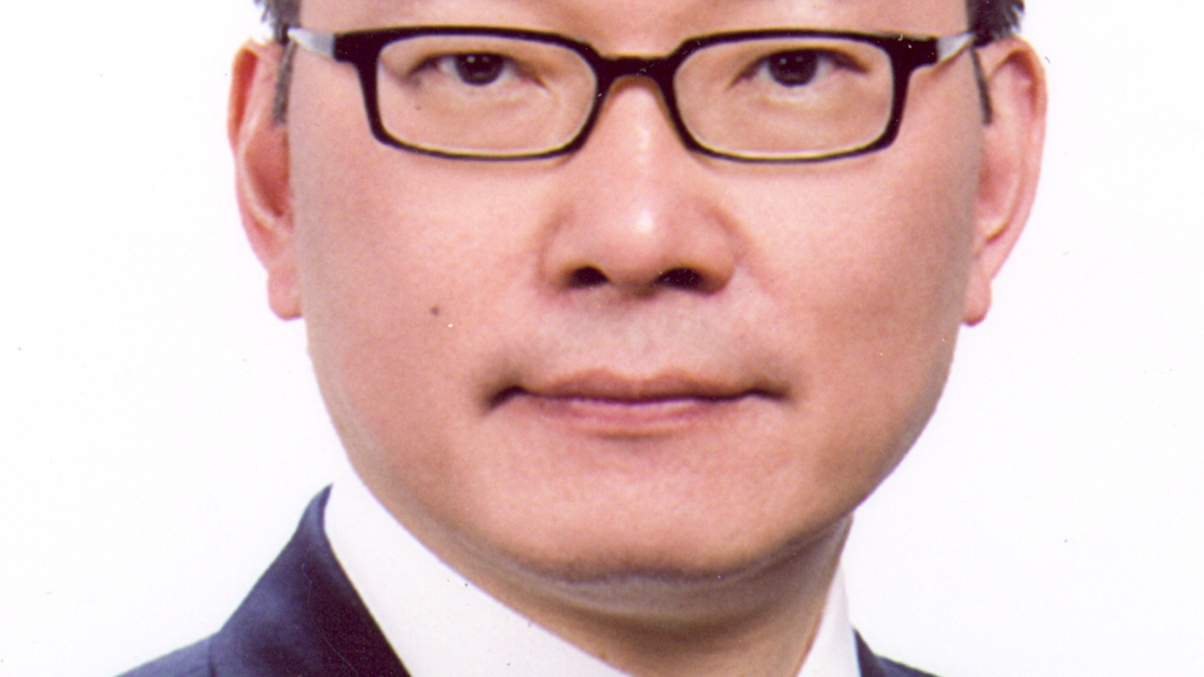Wealthy learn harsh lesson in Hong Kong
The city’s high-net-worth population is still well behind its 2007 peak asset level despite having rebounded, according to the Asia-Pacific Wealth Report 2010, which underpins some key trends and offers allocation forecasts.

The global financial crisis rammed home the importance of risk allocation and the dangers of leverage to investors the world over. In Asia-Pacific, the lessons were perhaps harshest in Hong Kong.
Sign In to Your Account
Access Exclusive AsianInvestor Content!
Please sign in to your subscription to unlock full access to our premium AI resources.
Free Registration & 7-Day Trial
Register now to enjoy a 7-day free trial—no registration fees required. Click the link to get started.
Note: This free trial is a one-time offer.
¬ Haymarket Media Limited. All rights reserved.


